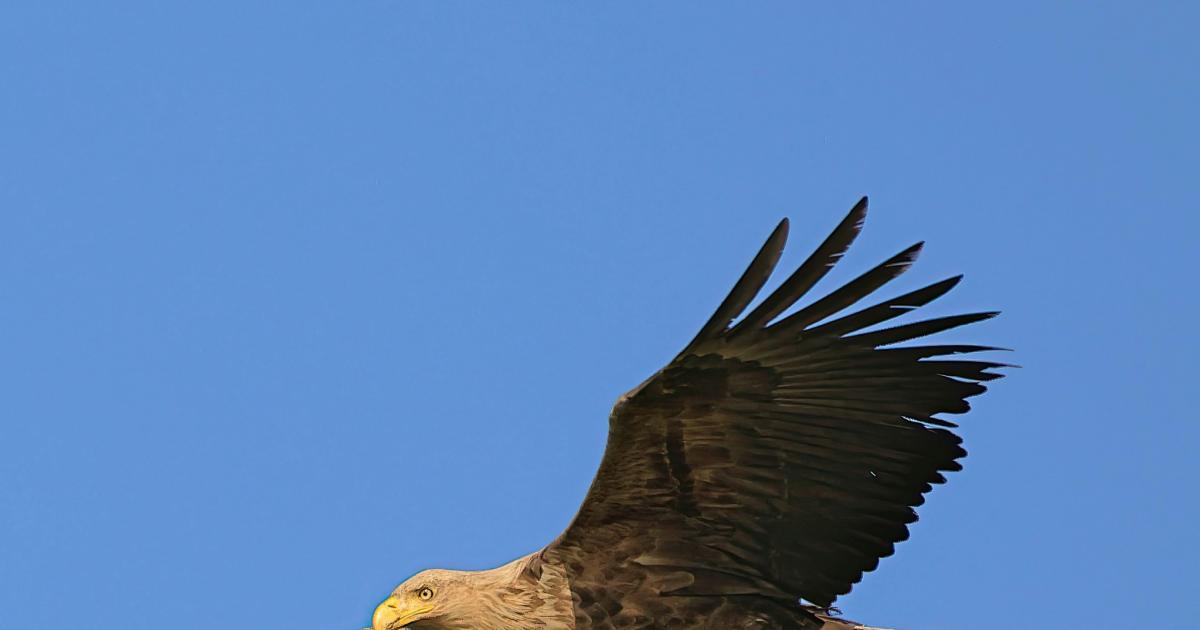The record breeding year for the south coast reintroduction project saw a Dorset pair raise a chick, while a nest in Sussex produced two more youngsters. It brings the total born in the wild through the scheme to six.
White-tailed eagles, nicknamed “flying barn doors” for their 8ft wingspan, were once widespread in southern England but were wiped out in the 18th century through persecution.
Forestry England and the Roy Dennis Wildlife Foundation began releasing young eagles on the Isle of Wight in 2019, with the aim of restoring the species to the region’s skies. So far, 45 have been released, including eight this summer.
Steve Egerton-Read, white-tailed eagle project officer for Forestry England, said the team had been monitoring the nests for months, describing it as “such an exciting time but also incredibly nerve-racking”.
“This was especially the case for the pair of eagles in Dorset who were first time parents,” he said.
“It was an incredible moment when we caught our first glimpse of that tiny fluffy chick in the nest, but equally, it is an anxious time as the parents get to grips with what they need to do.”
He said it was “so rewarding” to see the pair of eagles, which are often spotted around Dorset, care for the chick through to fledging, adding he hoped one day the youngster would itself breed in England.
Pair of white tailed eagle’s in Dorset (Image: Martin Shaw)
Roy Dennis, founder of the Roy Dennis Wildlife Foundation, said: “We are delighted to see another year of successful breeding and that two pairs have now reached this key stage. This is a long-term project, and it will take some years before the population is fully restored but the progress made over the last year has been incredibly encouraging.”
The project hopes to establish six to 10 breeding pairs within 40 miles of the Isle of Wight release site.
Satellite tags allow conservationists to track each chick, with studies showing the birds feeding on cuttlefish, rabbits, fish and other birds.

